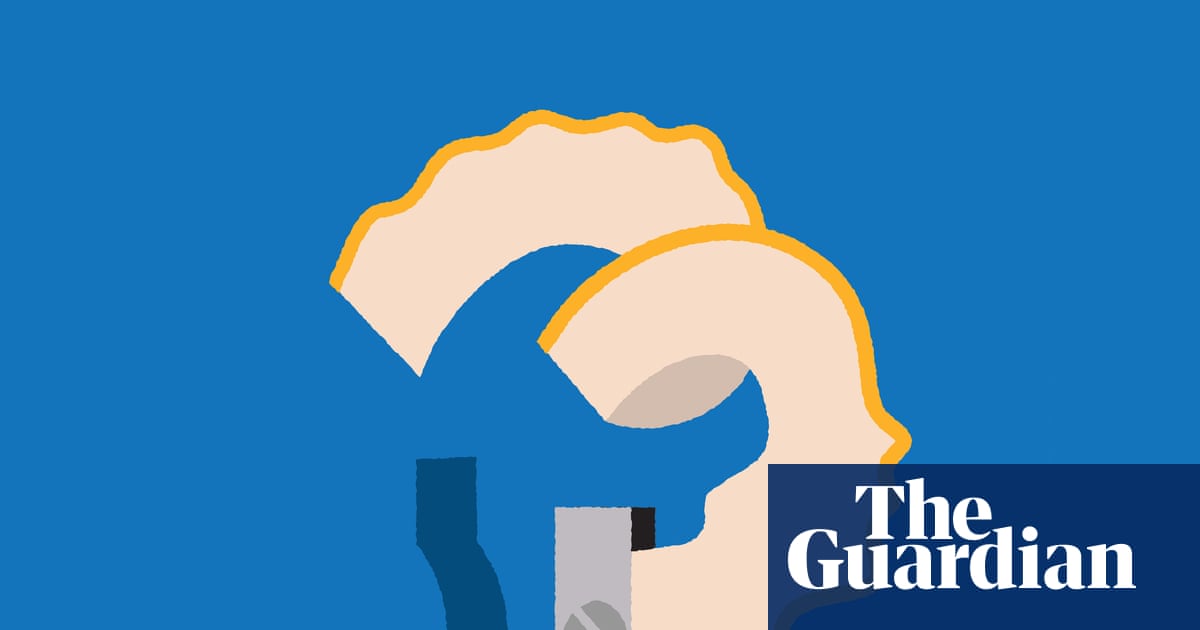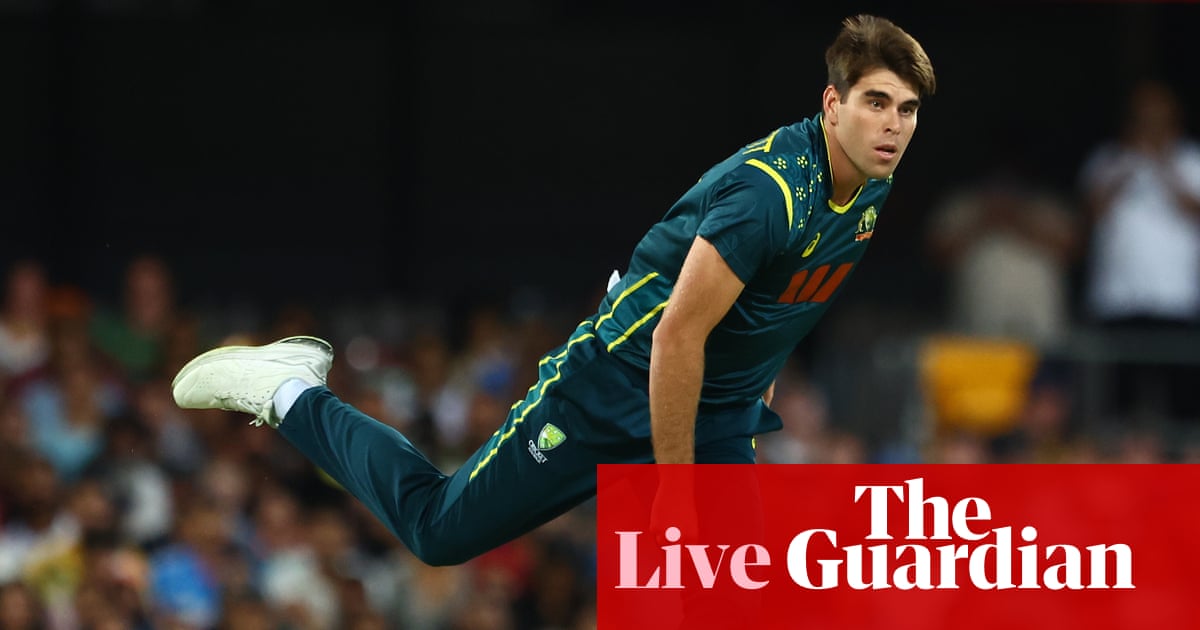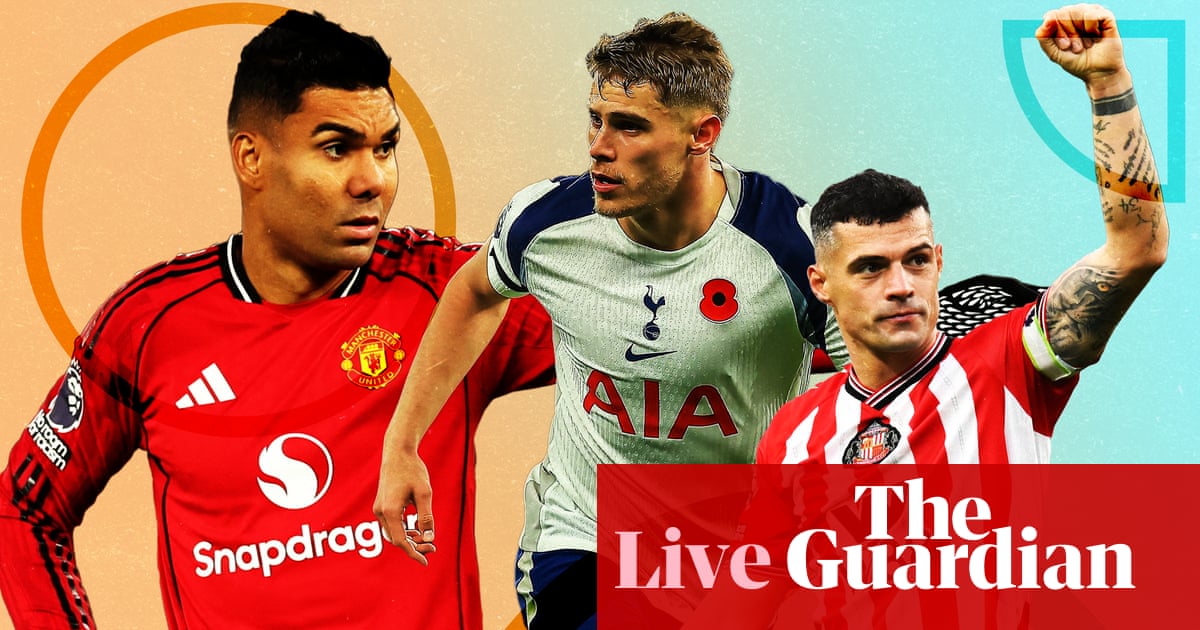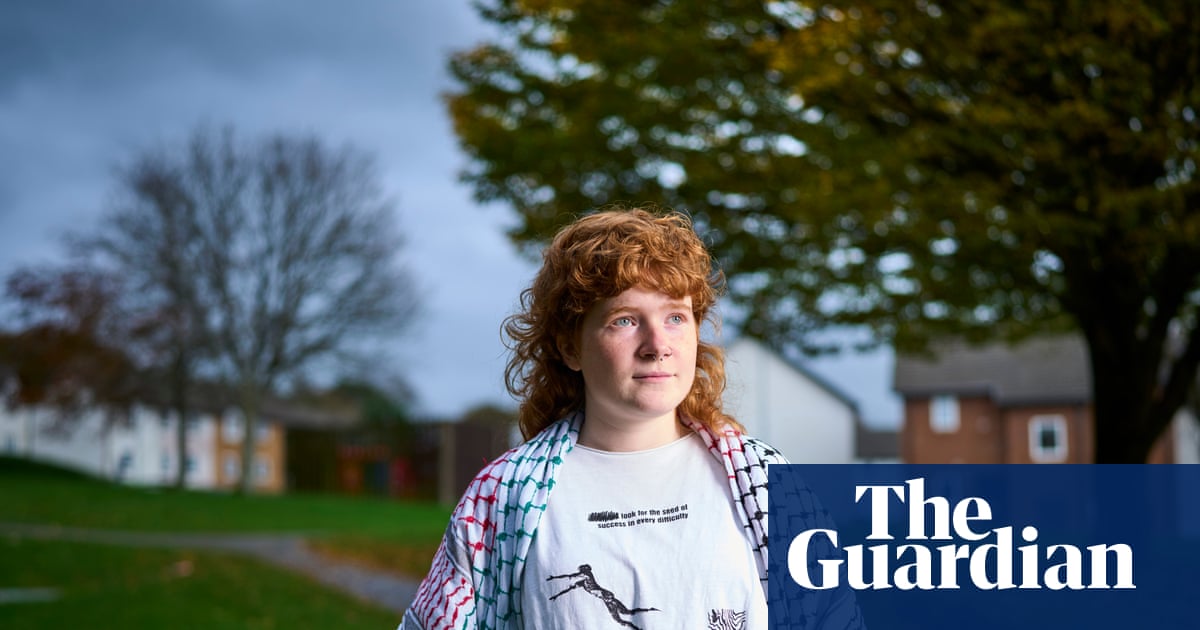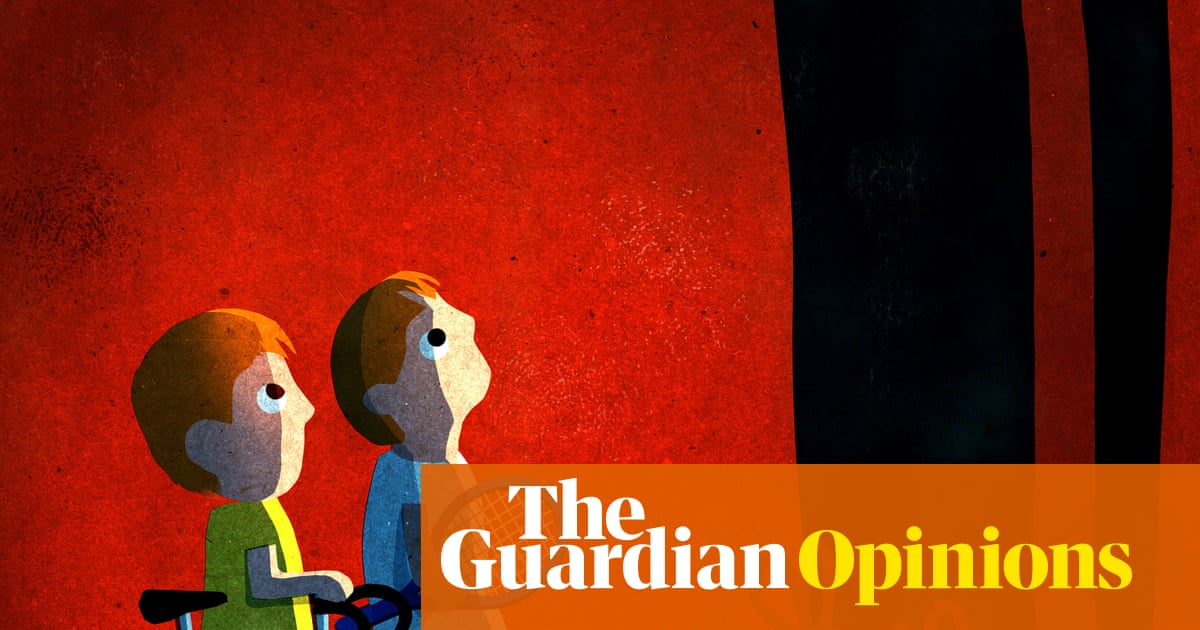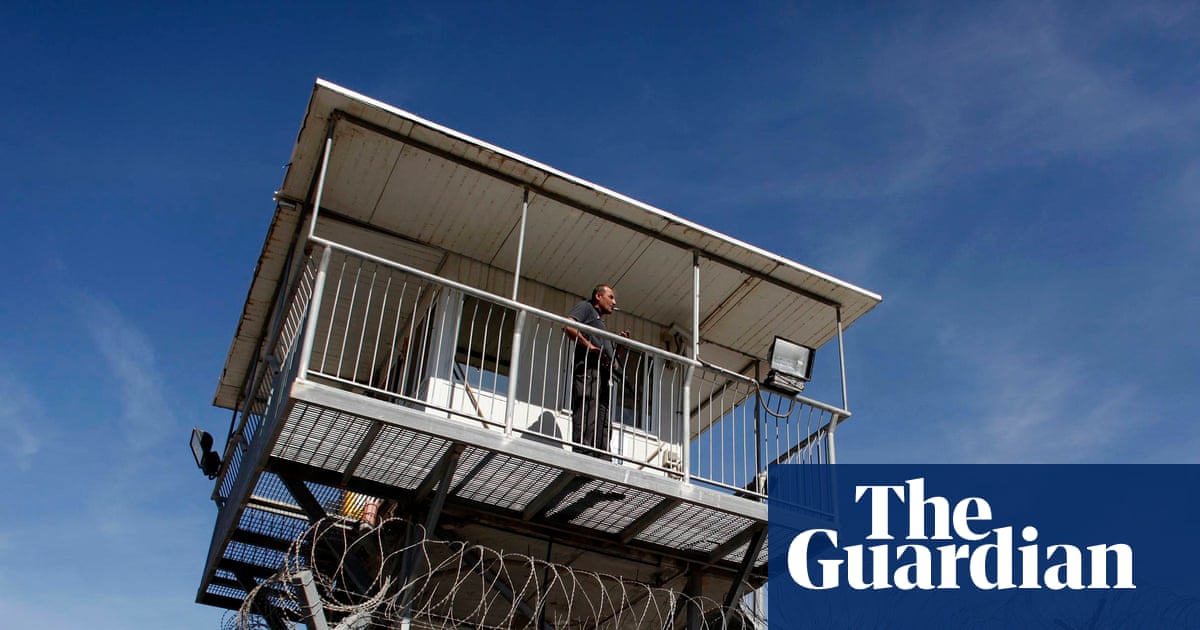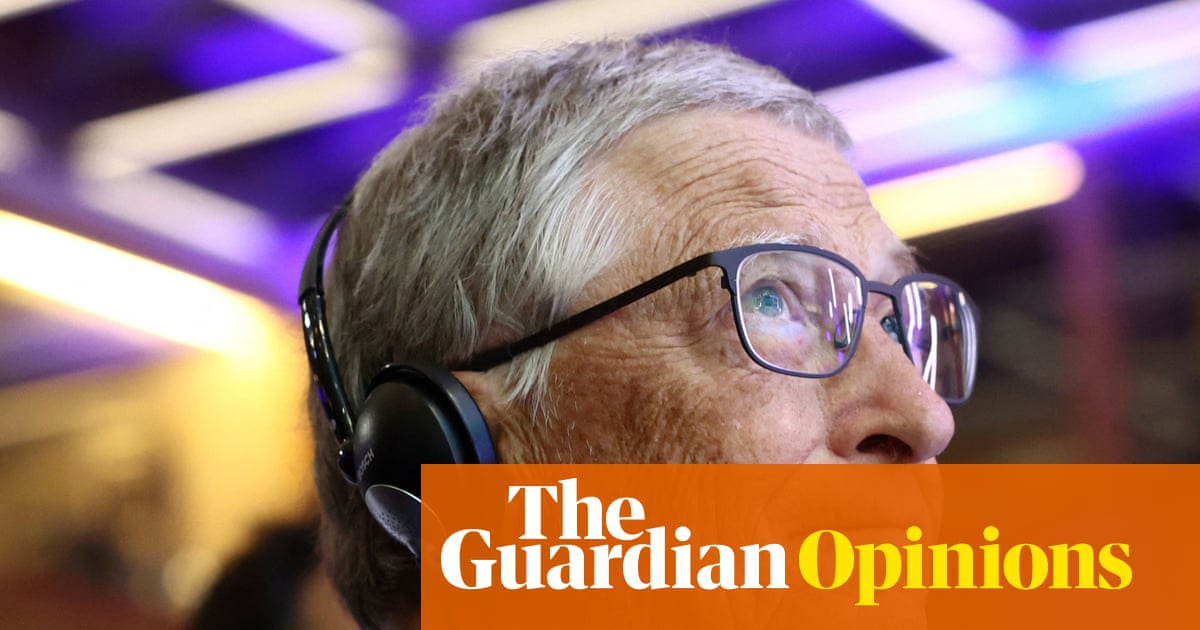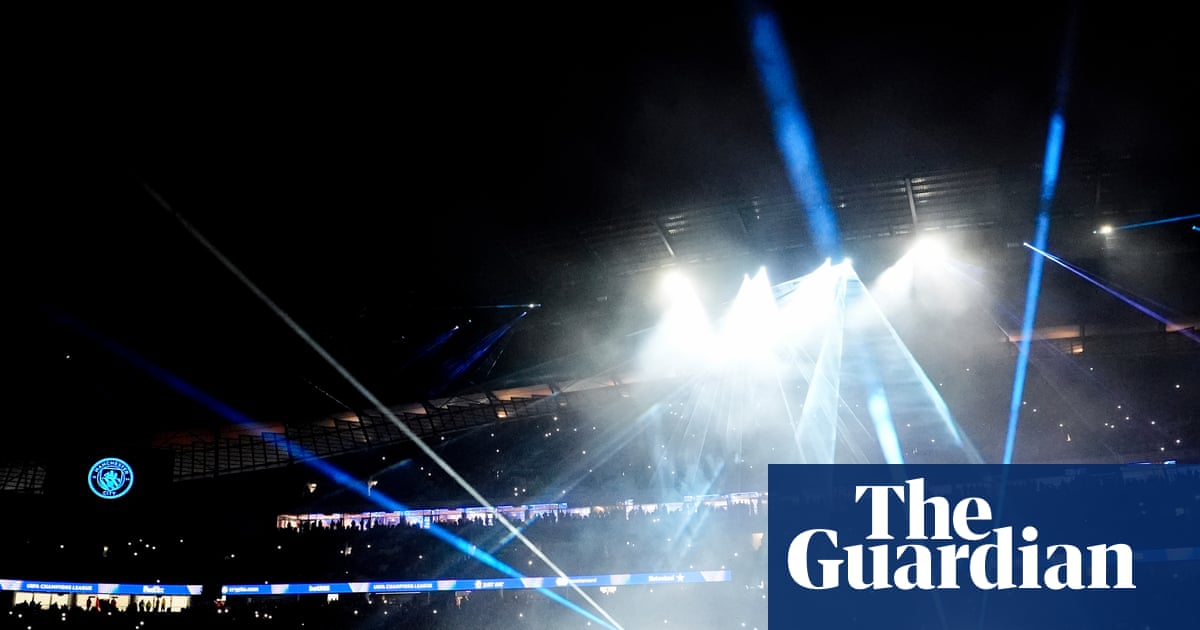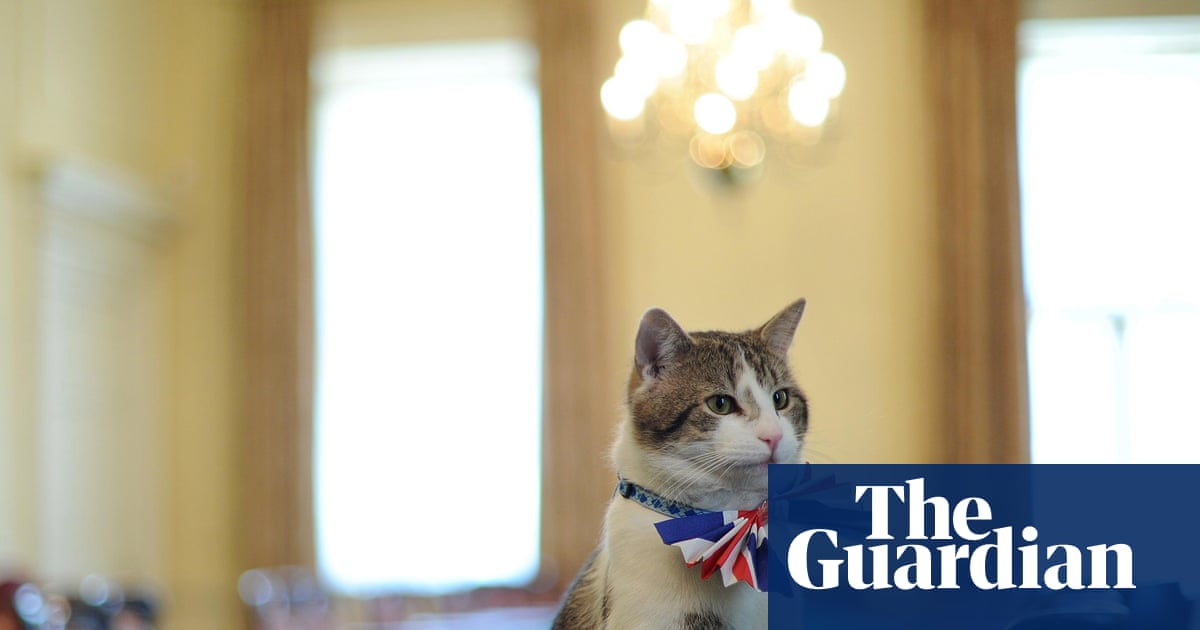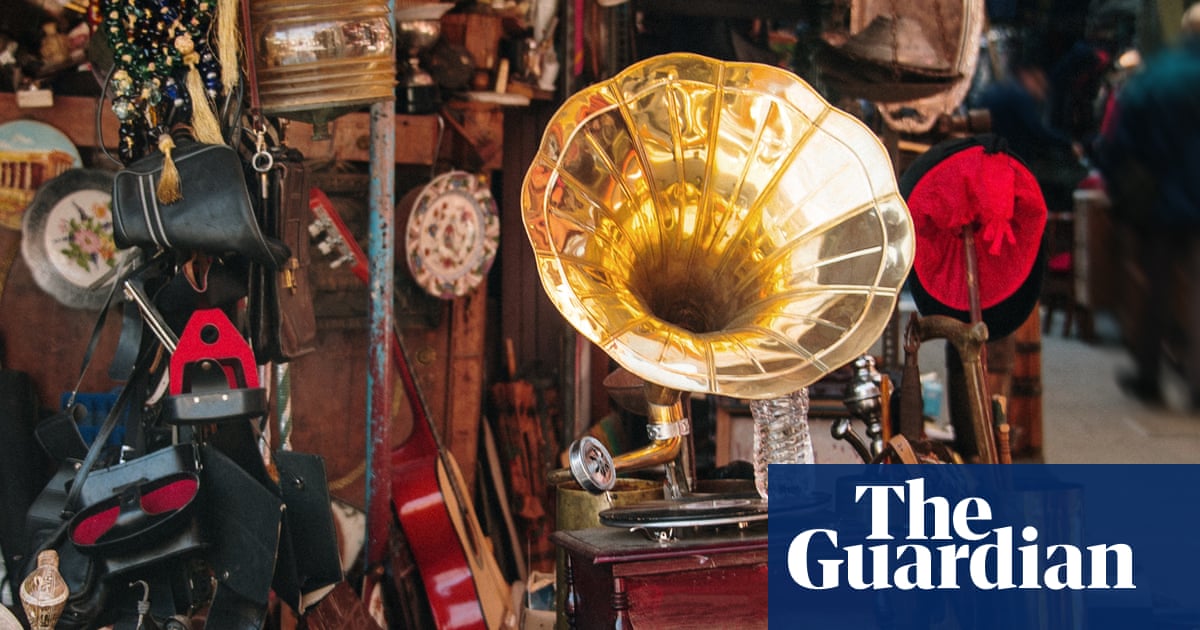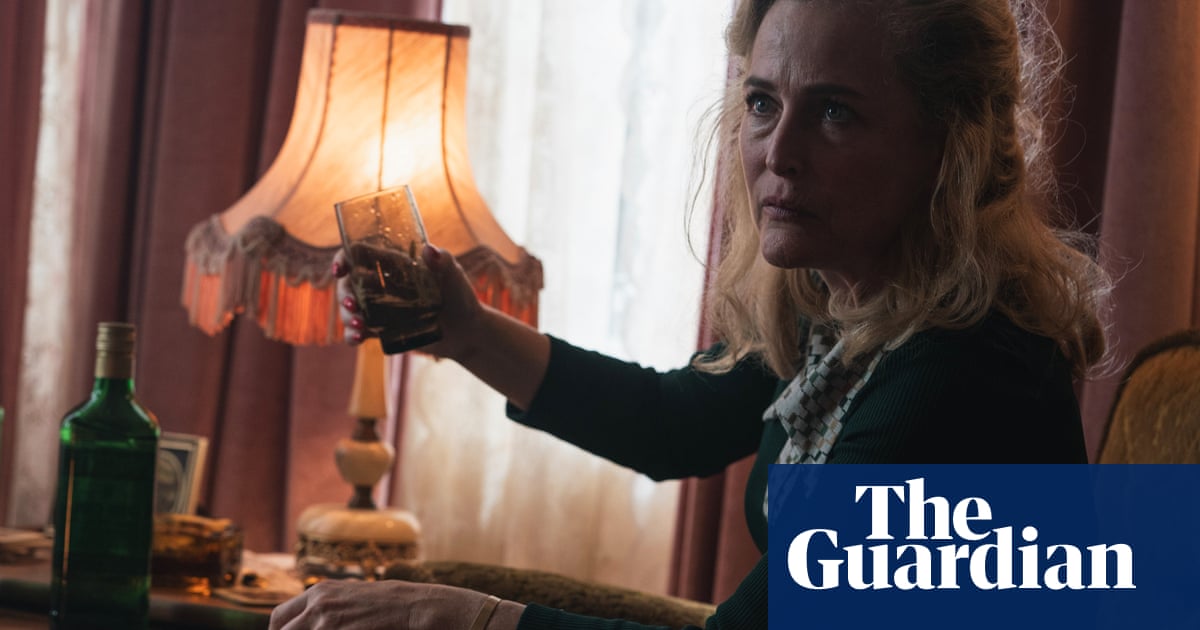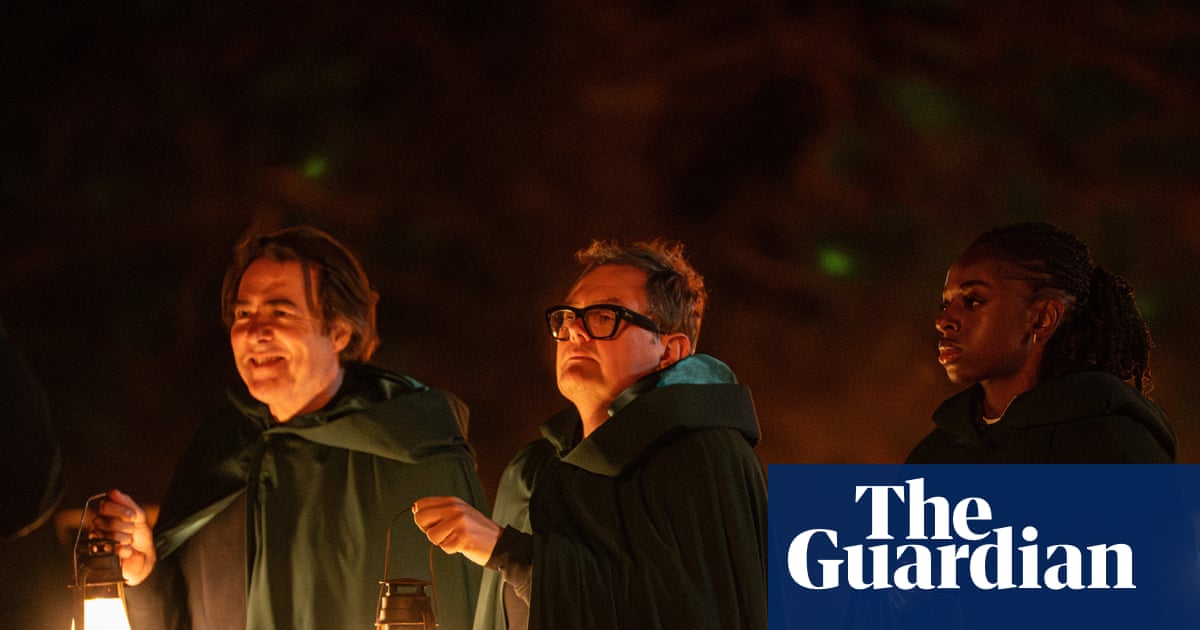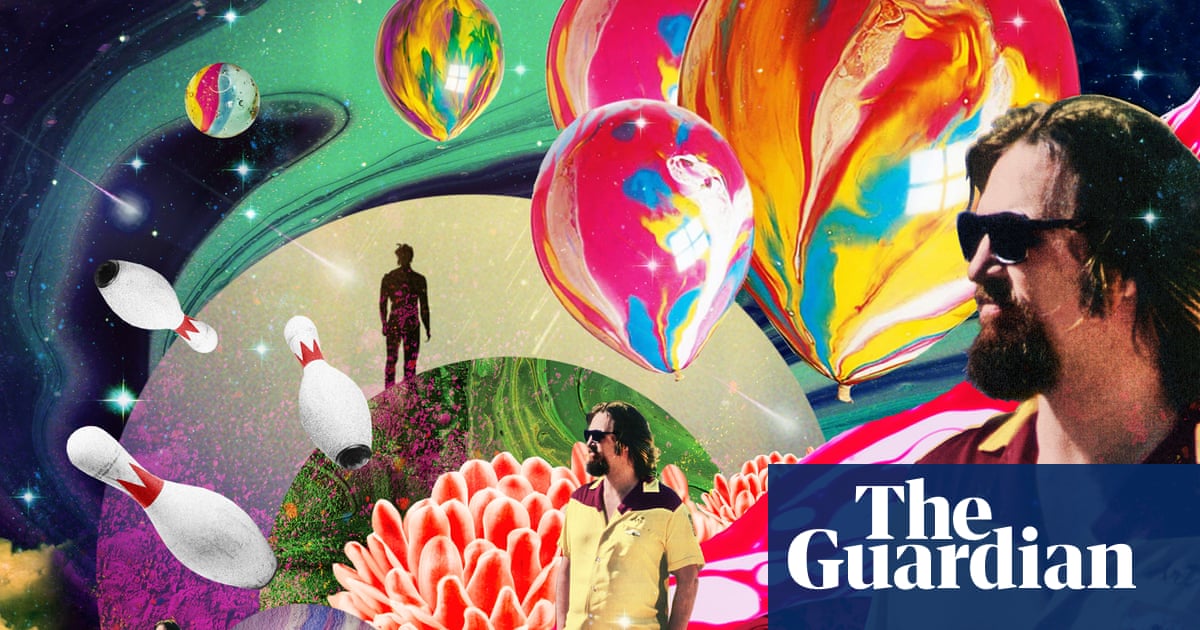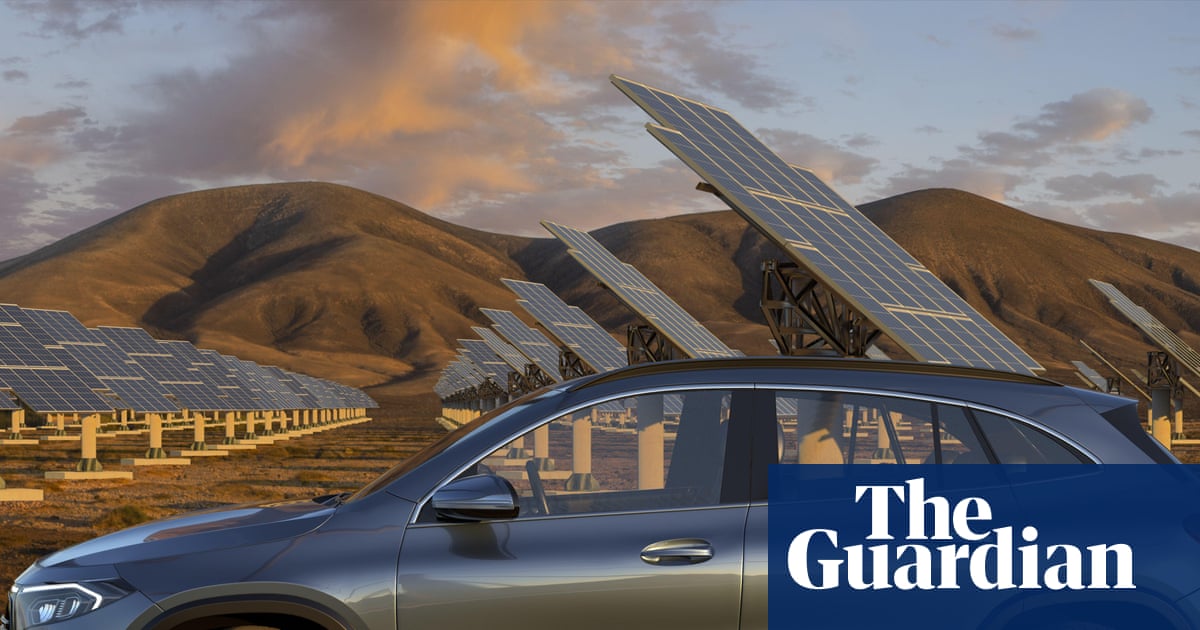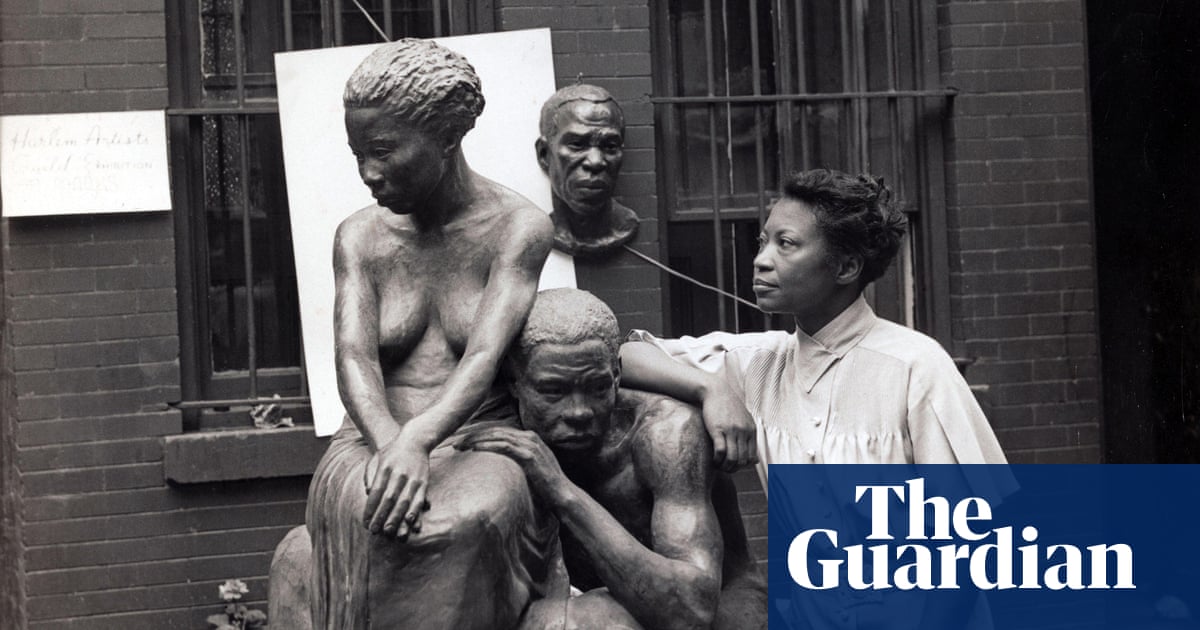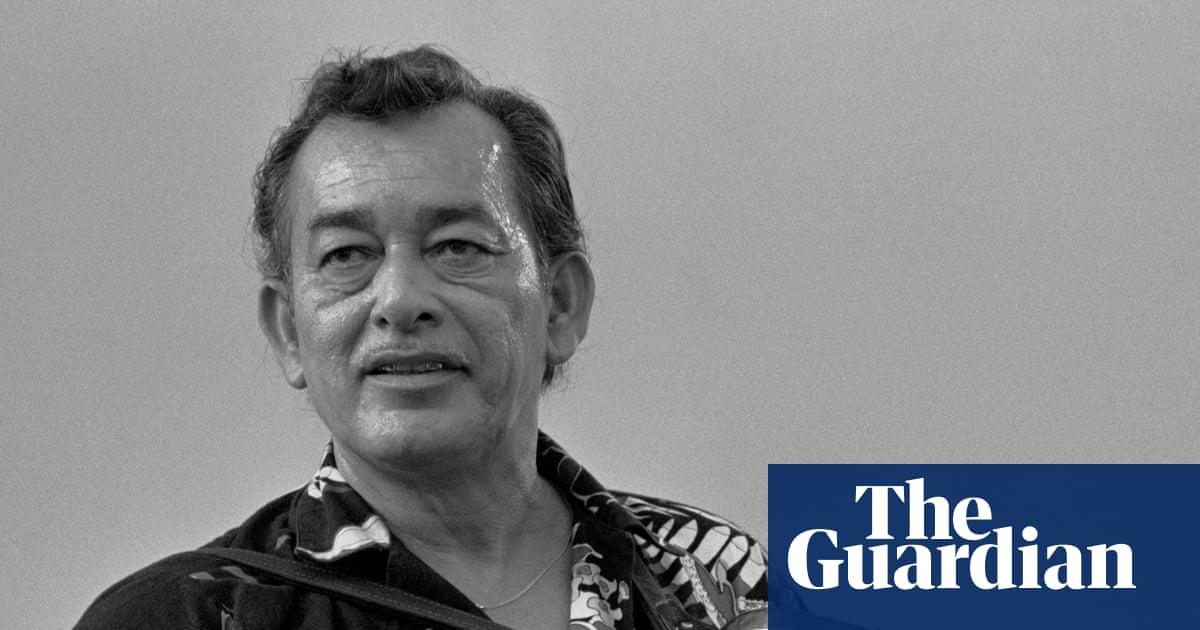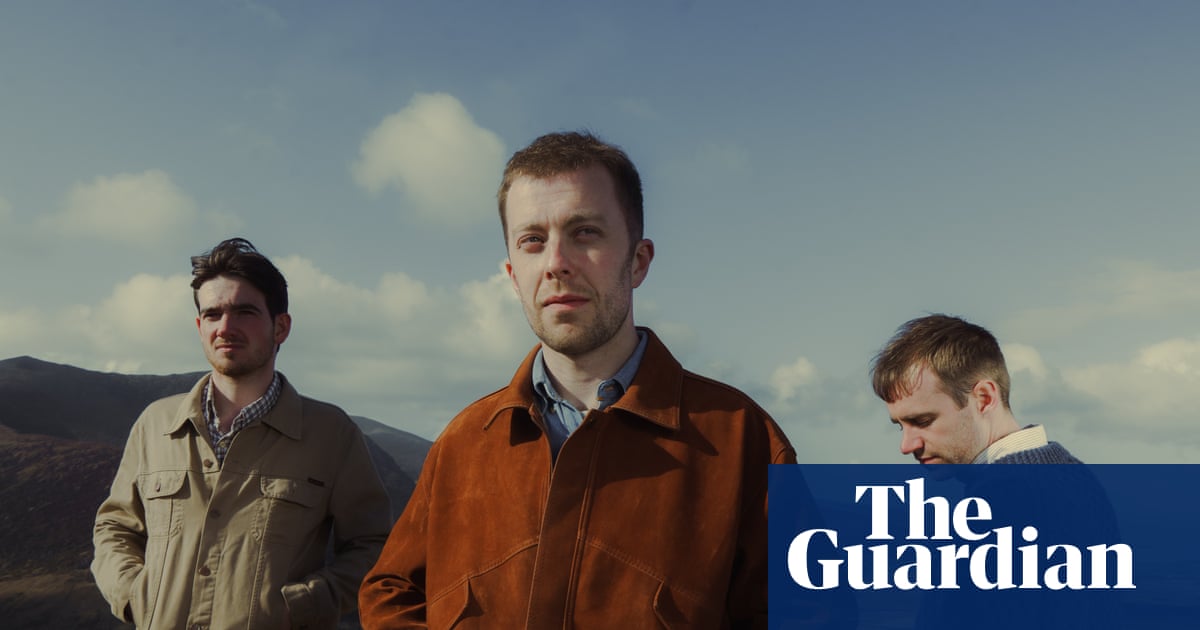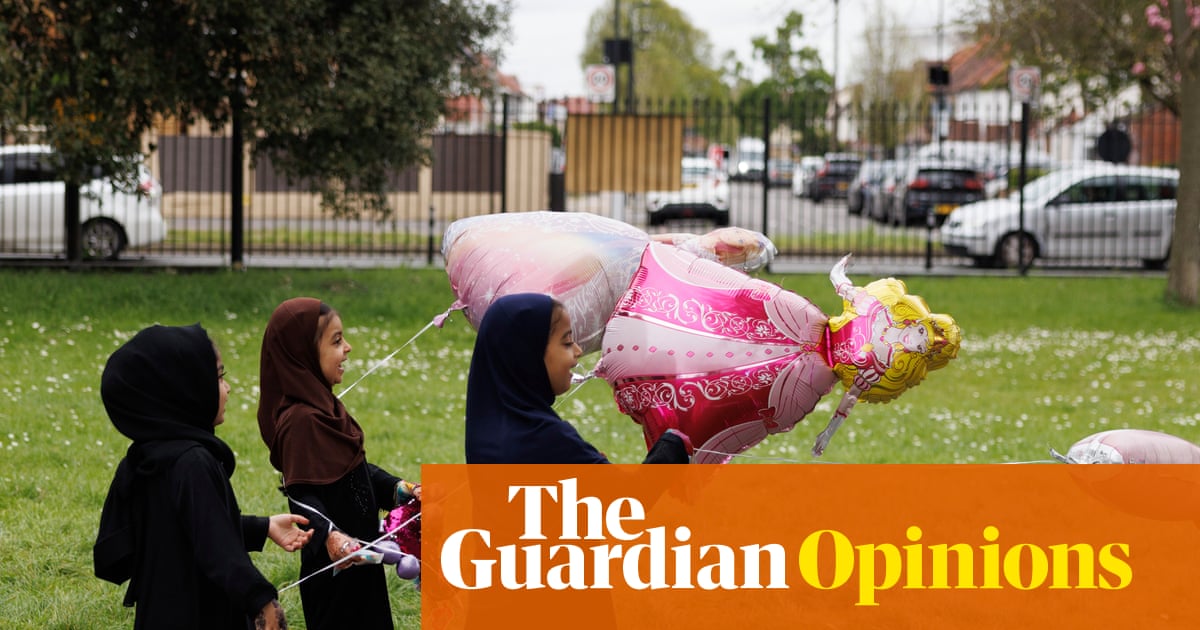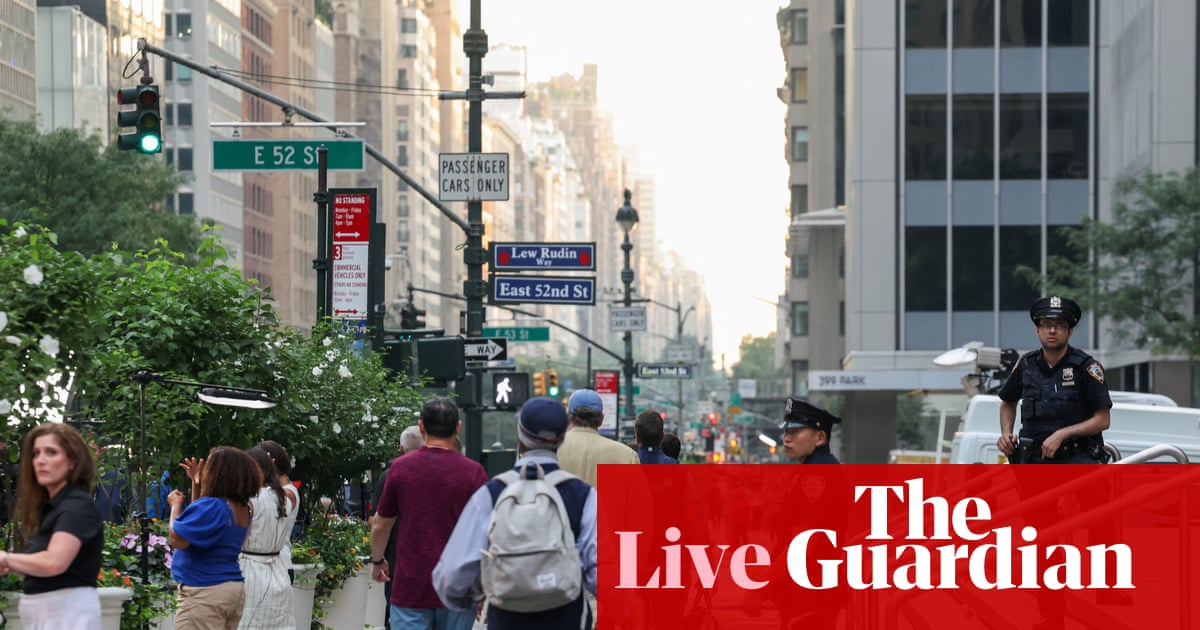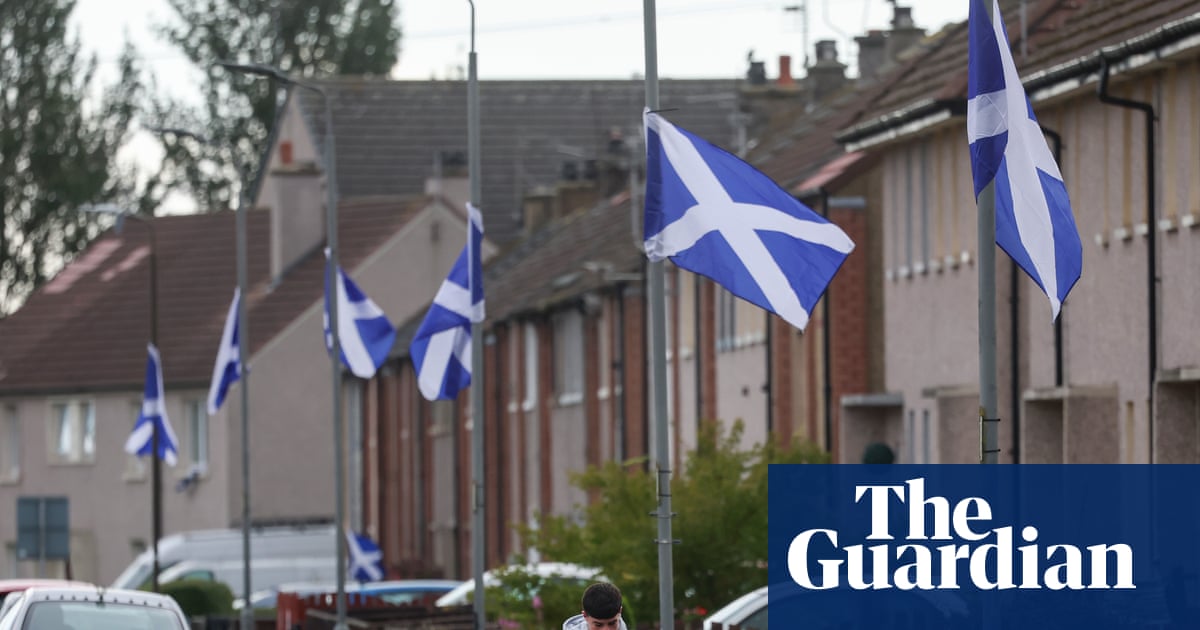Each episode may only last seven minutes, but the bite-size length of Bluey’s adventures has not held back the world’s most popular blue dog from creating endless money-spinning opportunities for the BBC.
Grateful executives are open about Bluey’s status as the golden goose driving a record £2.16bn in sales from commercial operations last year, spawning branding deals for everything from headphones to baked beans.
They are now clear on the next target: turning Bluey from one of the world’s top preschool favourites to an all-encompassing “lifestyle brand” for all ages.
“Bluey’s role is quite enormous,” said Suzy Raia, who heads global consumer products at BBC Studios, the corporation’s commercial arm. “We’re just at the beginning of something that I hope will be a generation-defining brand for children and then families today. From a retail sales standpoint, we are generating about $3.6bn (£2.7bn) in global retail sales across our entire portfolio and Bluey is a really, really big chunk of that.”
The popularity of the cartoon heeler – an Australian dog bred to herd cattle – is a phenomenon. Bluey was the most watched show in the US across all genres in 2024 and kept that spot in the first half of this year.
Its music is also a hit and has been streamed 1bn times, as of last week.
The show has spawned a dizzying array of product deals. Fans can buy Bluey-inspired paddling pools, bumper cars, tents, hot-water bottles, board games and nappies – on top of the usual merchandise staples of lunch boxes, pyjamas, books and toys.
There is already a Bluey theatre production and Bluey’s World – a “one-of-a-kind guided immersive experience” – has opened in Queensland. Meanwhile, Bluey has an unprecedented deal with Lego covering regular Lego sets and Duplo, which is designed for preschool children.
Despite the BBC’s background in traditional broadcasting, it has been the ability of BBC Studios to exploit digital channels such as YouTube and TikTok that has led executives to conclude Bluey can appeal to parents and young adults.
Bluey’s official channels now have more than 21 million subscribers, amassing 13bn lifetime views. The show has almost 5 million TikTok followers.
Evan Shapiro, a Hollywood producer turned media analyst, said BBC Studios was leading the way in its understanding that digital platforms were now the drivers of brands and popular culture.
“The case study is Bluey,” he said. “It isn’t just a hit on TV. It is the size of [YouTube’s biggest creator] MrBeast. Fandom is the engine of economics and growth. You follow the audience wherever they are.”
Raia said Bluey was on the way to becoming “a true lifestyle brand” across the generations.
“Within seven months, we had a million TikTok subscribers,” said Raia. “That was a moment where we were really able to find the fans that are not purely preschool – young adult audiences and teens really started to get this exposure.
“We want to be No 1 in preschool, which we’re well on our way to achieving. We have so much more to do in terms of growing in the adult space and thinking about what those adult purchasers are open to.”
Bluey, produced by Ludo Studio in Australia, was originally co-commissioned by the Australian Broadcasting Corporation and the BBC. However, BBC Studios owns Bluey’s global distribution and merchandising rights. The BBC’s annual report revealed its record commercial revenues were driven by “the licensing of the Bluey brand in particular”.
Bluey’s rise is to continue with the arrival of a movie in 2027. Disney has already announced it will be the first non-Disney children’s brand to feature in its parks.
Hardened fans may worry about overexposure. However, Raia said her team remained cautious in its acceptance of product tie-ups. “We say no, quite honestly, a lot more than we say yes,” she said.
Kathryn VanArendonk, a critic who is writing a book about the Bluey phenomenon, said its success as a brand came down to the evocative nature of the storytelling.
“Almost no children’s television in the history of that genre has managed to do the thing that Bluey does,” she said. “It is just as entertaining, accessible and emotionally meaningful for adults as it is for kids.
“Multiple audiences see their own desires, interests, concerns and challenges reflected back at them. That’s just so hard to do and it’s so incredibly appealing when something can pull it off.”

 3 months ago
114
3 months ago
114

